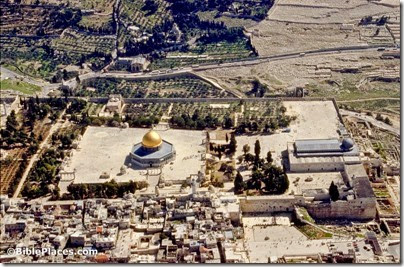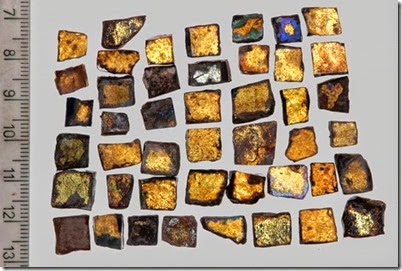The Western Wall prayer plaza will have a smaller version of a museum and office building after the planning committee listened to opponents.
A Muslim crowd on the Temple Mount attacked police when they opened the site to visitors yesterday afternoon.
A Jewish journalist describes his visit to the Temple Mount with Rabbi Chaim Richman.
The first week of excavations at Tel Burna has concluded.
Luke Chandler explains how a discovery from Khirbet Qeiyafa may help us to understand some details of Solomon’s temple described in 1 Kings 6. He includes a link to the Israel Exploration Journal article by Garfinkel and Mumcuoglu.
Shmuel Browns’ photo of the week is of Nahal Zavitan in the Golan Heights.
Where did Jesus change the water into wine? And what was the purpose of this miracle? Wayne Stiles explains and illustrates.
Scott Stripling is on The Book and the Spade this week, talking about last month’s excavations at Khirbet el-Maqatir (Ai?). Direct link here.
Tourism to Israel is at record levels, with 1.5 million visits from January to May this year.
The Sacred Bridge is on sale for Father’s Day at the Biblical Archaeology Society store. I don’t believe I’ve ever seen it lower than $79.95. (Amazon has it for $118 used or $125 new.) This is the standard reference for historical geography. These photos give a sense for how detailed the work is.
The Biblical Archaeology Society has a new free eBook: Masada: The Dead Sea’s Desert Fortress.
And BAR is now available for the iPad, Android, and Kindle Fire.
The ASOR Blog has more from the broader world of archaeology.
HT: Joseph Lauer
Photo by Barry Beitzel, from the Pictorial Library, volume 3


